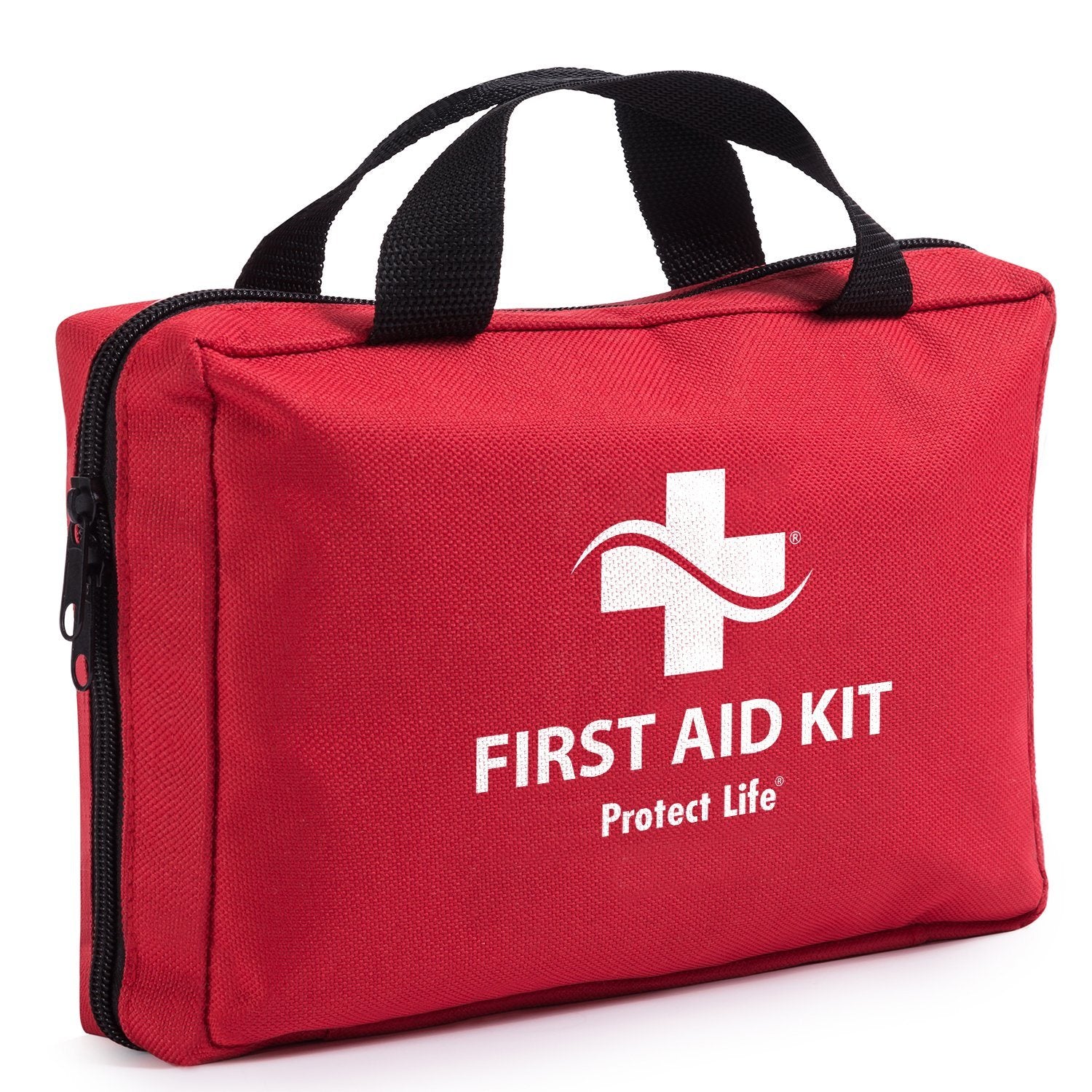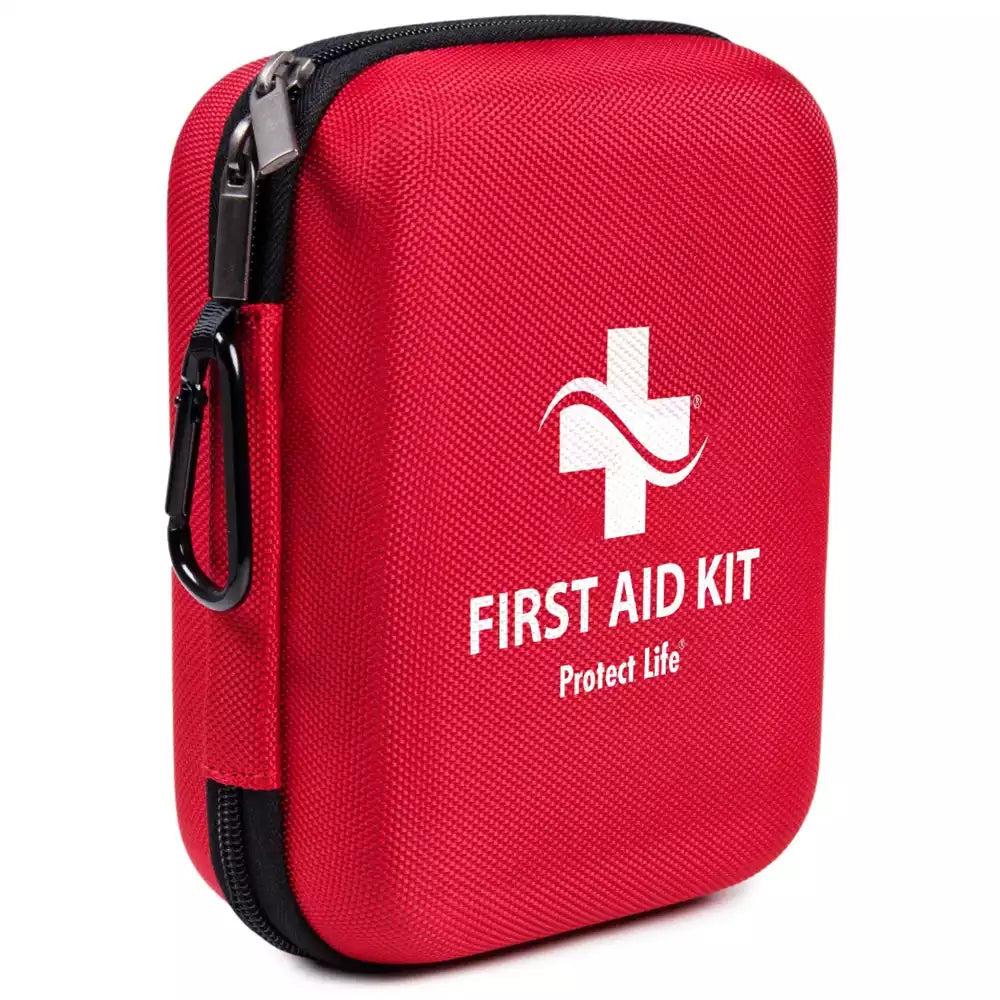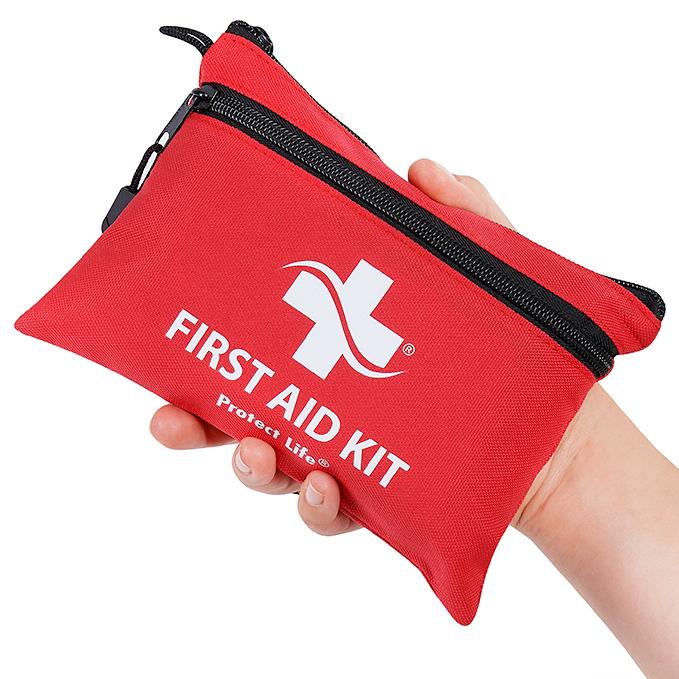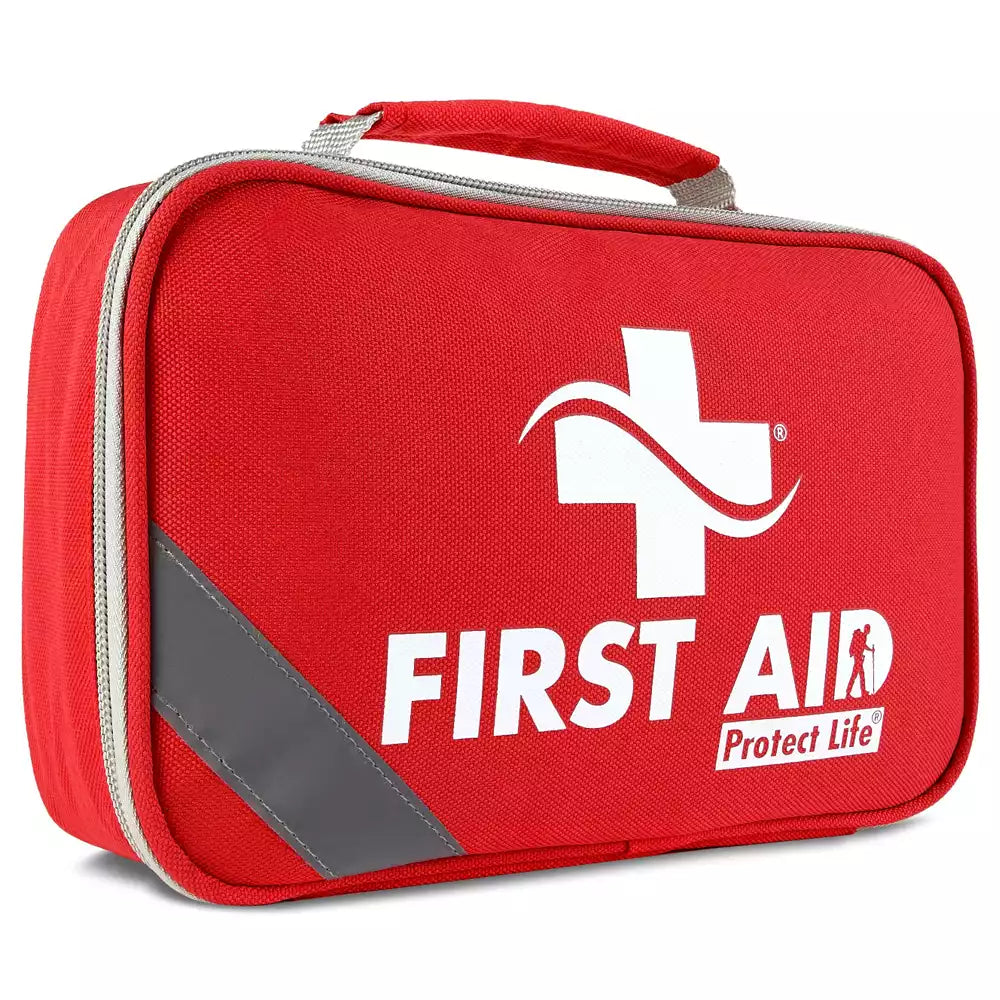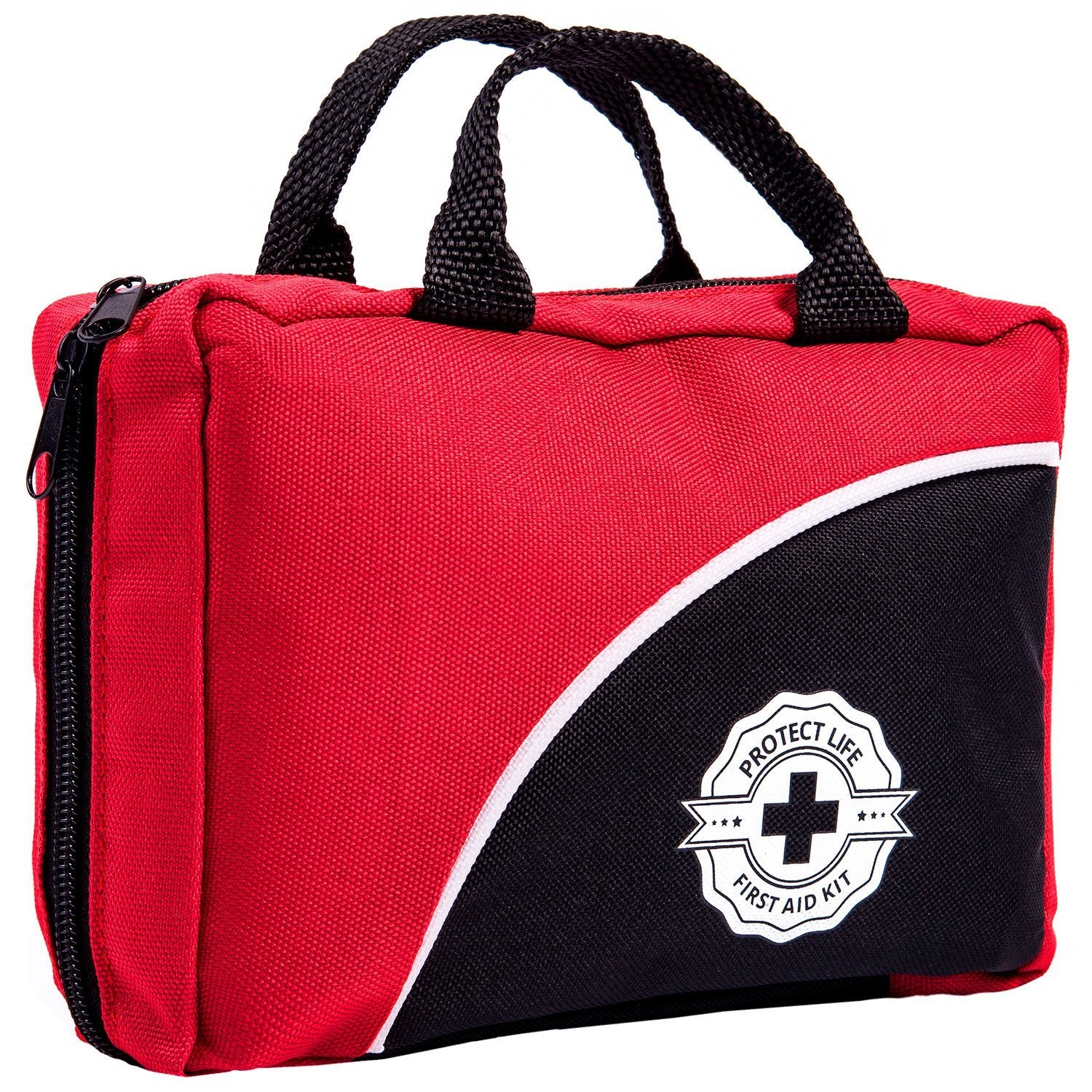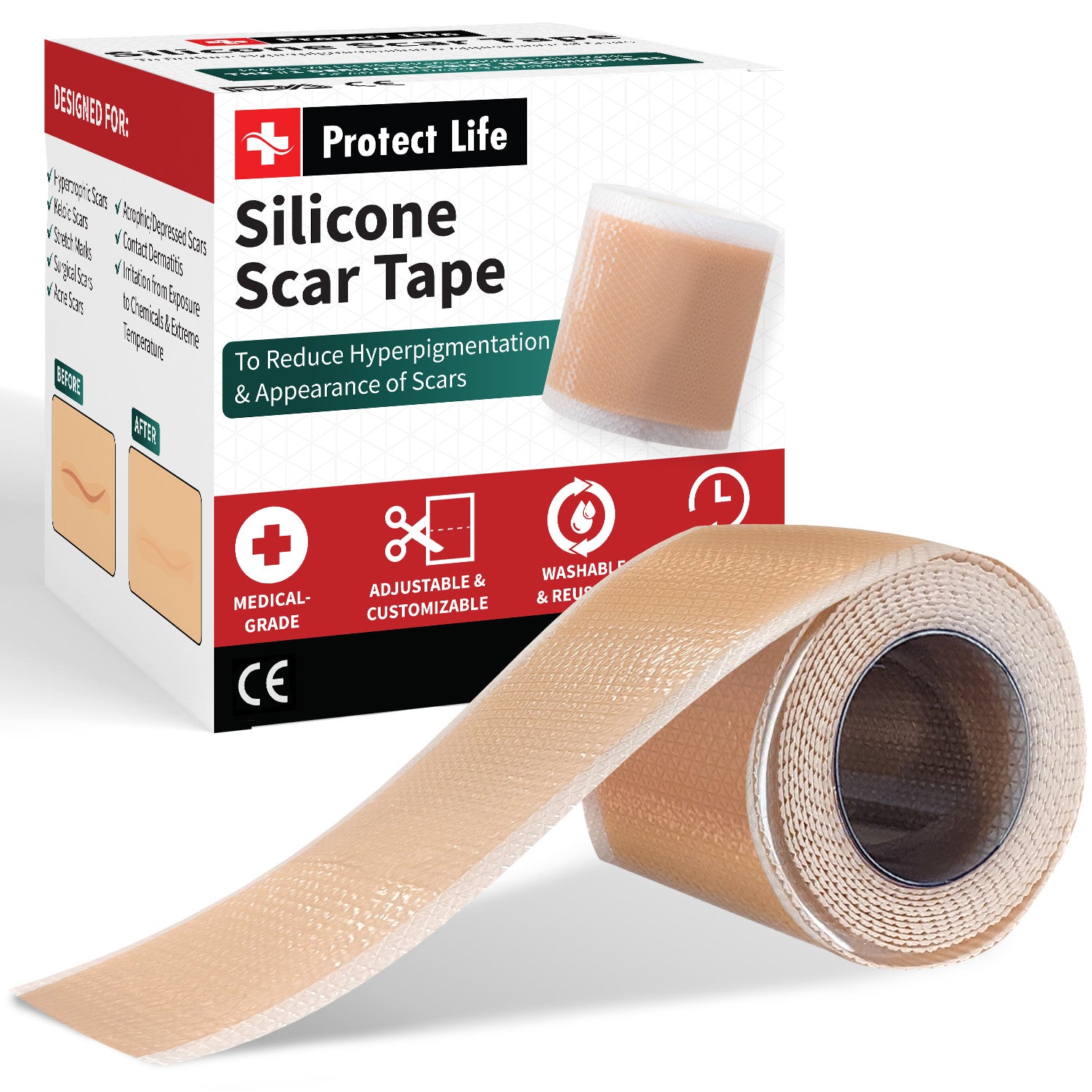With the coronavirus taking over the world, the interest in surgical masks and respirators increased significantly, since they are among the few methods of prevention and protection. While the types of masks look pretty similar, they are quite different and can sometimes make the difference between life and death. The National Institute for Occupational Safety and Health (simply known as NIOSH) as well as the Centers for Disease Control and Prevention (CDC) recommend the use of NIOSH-certified N95 (or better) respirators, especially for the protection of healthcare workers.
The Evolution of Face Masks
The first surgical masks were used in the early 1900s, and they were made from layers of cotton gauze. They were used by surgery staff to protect themselves from contamination from open wounds. Over the years, surgical masks got better and are used today by medical staff in a variety of situations. They are loose-fitting and disposable devices, and their main goal is to prevent the release of potential contaminants by a sick person in the nearby environment.
In the US they are regulated by the FDA, and there are various types such as: surgical, dental, laser, isolation and medical procedure masks. Some of them also come with a face shield and they comply with the Bloodborne Pathogens Standard. Starting with 1991, surgical masks are recommended to protect from direct splashes and sprays of blood and other body fluids.

The first respirators also appeared in the early 1900s, based on the needs of miners to protect themselves against dusts and gases, soldiers from chemical substances and firefighters from smoke and carbon monoxide. The first performance standard for respirators was published in 1919, and today respirators are used in a wide variety of cases and professions.
Respirators were first used by medical staff in the 1990s to protect themselves against tuberculosis, but gained more attention in the early 2000s when there was the SARS outbreak (also caused by a coronavirus). During that time, many healthcare workers got sick or died because they only used surgical masks for protection.
Respirators Performance
Whether they are used to prevent the outward escape of aerosols or to prevent inhalation of hazardous particles, there are two main aspects of performance for respirators. These are: the performance of the filter and how well it can keep small particles away, and the prevention of leakage where the mask touches the face.
The filters used in some surgical masks and respirators are made of nonwoven mats of fine fibers. Based on various principles and mechanisms, they collect particles of various sizes. The idea is to capture as many particles as possible, while also making breathing possible.
We won’t get into too many technical details here, but the main mechanisms of filtration are:
- Inertial impaction
- Interception
- Diffusion
- Electrostatic attraction
Filter’s performance is tested by measuring the particle collection at its most penetrating particle size (usually 0.3 microns), which then means that filtering of both larger and smaller particles will be effective.
How Are Surgical Masks and Respirator Filters Tested by NIOSH?
All “NIOSH approved” masks need to meet very strict requirements. They go through certification tests which are considered the “worst case” parameters. These are:
- An aerosol test of various particles of 0.3 microns (sodium chloride for N-series filters and dioctyl phthalate oil for R and P filters)
- Airflow rate of 85 L/min (a moderately high work rate)
- Conditioning at a humidity of 85% and a temperature of 38 degrees Celsius, 24 hours before testing
- A breathing resistance less than 35 mm water column height pressure and exhalation resistance of less than 25 mm water column height pressure
- A charge neutralized aerosol
- Aerosol loading to a minimum of 200 mg (which means a very high workplace exposure)
- The filter efficiency should not fall below the certification class level (95, 99 or 100) at any time during the tests
So if a mask passes all of these tests (the “worst case scenario”), it means that it will perform very well in real-life scenarios. The NIOSH tests are very strict, and the Protect Life masks are fully approved and certificated.
On the other hand, surgical masks are not so heavily regulated and they are not tested in the “worst case scenario”. This means that the fiber diameters, porosity, filter thickness and particle collection are much lower than on N95 respirators.
Face Fit
Besides filtering, NIOSH approved masks also need to pass strict tests when it comes to how well they fit on the face and how well they minimize leakage. This is very difficult to achieve considering that each person’s face is different. Yet manufacturers have found various solutions, and masks can usually be adjusted according to each individual face.
On the other hand, FDA does not recommend or require any tests of fit for surgical masks. So you can imagine just how exposed you are to the new coronavirus when wearing a surgical mask, and how well protected you are when wearing an N95 NIOSH-approved respirator. Get yours today by visiting this link.



